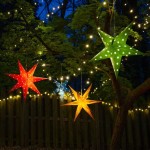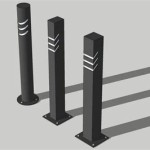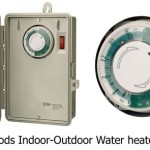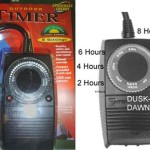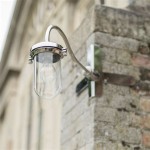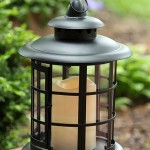Outdoor Plant Light Requirements Chart
Outdoor plants, like their indoor counterparts, require sufficient light to thrive. Understanding the light requirements of different plant species is crucial for successful gardening. This article will provide a comprehensive guide to outdoor plant light requirements, outlining the different light classifications and presenting a chart for reference.
Light Classifications
Outdoor plant light requirements are generally classified into four categories: full sun, partial sun, partial shade, and full shade. These classifications reflect the amount of direct sunlight plants need to flourish.
Full Sun
Plants that require full sun need at least six hours of direct sunlight daily. These plants typically have thick, leathery leaves and are well-suited for hot, sunny locations. Examples include sunflowers, tomatoes, peppers, and roses.
Partial Sun
Partial sun plants need four to six hours of direct sunlight daily. They can tolerate some shade but still need ample sunlight to thrive. Examples include zinnias, lavender, and many herbs.
Partial Shade
Partial shade plants need two to four hours of direct sunlight daily. They prefer dappled sunlight or shade during the hottest part of the day. Examples include ferns, hostas, and impatiens.
Full Shade
Full shade plants thrive in shaded locations, needing less than two hours of direct sunlight daily. These plants are typically adapted to low-light conditions and may have thin, delicate leaves. Examples include begonias, woodland phlox, and ferns.
Factors Influencing Light Requirements
Several factors can influence the light requirements of outdoor plants, including:
Plant Species
Different plant species have varying light tolerances. Some plants, like cacti and succulents, can tolerate full sun, while others, like ferns and hostas, prefer shade.
Climate
The climate of a region can impact the amount of sunlight plants receive. In areas with hot, sunny climates, plants may need more shade, while in cooler climates, they may need more direct sun.
Soil Conditions
Soil type and moisture levels can also affect plant light requirements. Well-drained soil can hold more heat, making it more suitable for sun-loving plants. Conversely, poorly drained soil can favor shade-tolerant plants.
Outdoor Plant Light Requirements Chart
The following chart provides a general overview of the light requirements for various common outdoor plant species:
| Plant Species | Light Requirements | |---|---| | Sunflowers | Full Sun | | Tomatoes | Full Sun | | Peppers | Full Sun | | Roses | Full Sun | | Zinnias | Partial Sun | | Lavender | Partial Sun | | Herbs (Basil, Thyme, Oregano) | Partial Sun | | Ferns | Partial Shade | | Hostas | Partial Shade | | Impatiens | Partial Shade | | Begonias | Full Shade | | Woodland Phlox | Full Shade |It is important to note that this chart is a general guide and the specific light requirements for a particular plant species may vary depending on factors such as climate, soil conditions, and individual plant characteristics.
Conclusion
Understanding the light requirements of outdoor plants is essential for successful gardening. By providing the appropriate amount of sunlight, plants can thrive and produce beautiful flowers, fruits, or foliage. Using the information provided in this article and the accompanying chart, gardeners can cultivate healthy and vibrant outdoor gardens.

Sun Chart For Various Vegetables Vegetable Garden Beginners Food

Light For Houseplants University Of Florida Institute Food And Agricultural Sciences

Light Recommendations Ppfd Par For Orchids And Houseplants

Led Grow Light Distance Chart How Far Should Lights Be From Medicgrow

Grow Light Distance How Far To Hang Led Lights From Plants

Best Light For Plant Growth Ez Gro Garden

Grow Light Distance How Far To Hang Led Lights From Plants

A Manitoba Planting Chart For Vegetable Gardens

Grow Light Spectrum Explained Ideal Led For Plants

Everything To Know About Bulbs For Landscape Lighting
